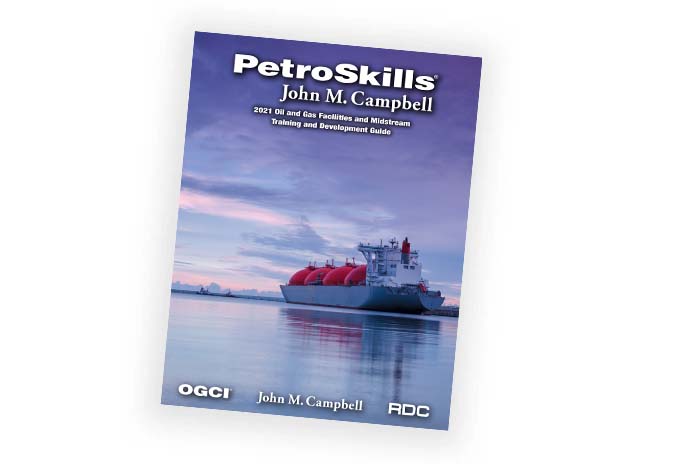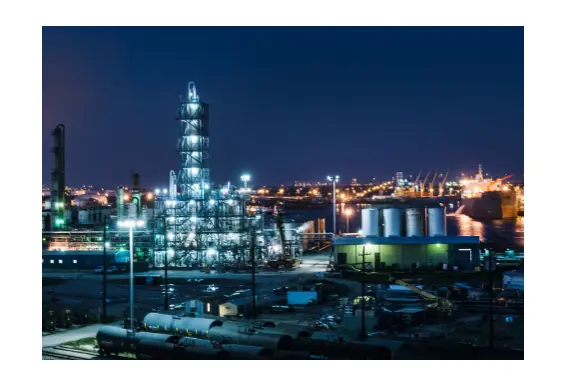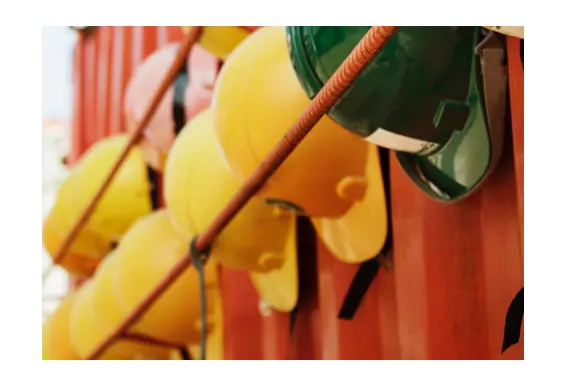Electrical Area Classification Workshop for Petroleum Facilities per API RP 500/505
About the Course
This 2.5 day workshop style course is intended to provide a working knowledge of Electrical Area Classification of petroleum facilities which include hazardous (explosive) atmospheres due to the presence of flammable vapors and liquids. The course includes a Workbook for the participants to actively explore the API RP 500 standard, and apply requirements to an actual mock project based on process information and a plot plan. The first section of the course covers important information about the purpose of Hazardous Area Classification, the terms and standards used, OSHA requirements, documentation examples, and typical work flows. The second portion examines fluid properties that impact area classification based on the nature of the substances handled (Classes) and the process conditions under which they are handled. Next, the likelihood of release is examined (Divisions/Zones) based on equipment type, operating and maintenance considerations. While this course focuses on flammable vapors, gasses and liquids (Class I), a brief introduction to combustible dusts (Class II) is also included as they are often present in refining operations. The main section of the course includes the methods of performing area classification based on API RP 500 and includes a mock project where process conditions and a plot plan are presented, and the participants perform area classification and produce a hand drawn plot plan with their results. For applications involving heavier-than-air components the Alternate Method (Annex D) using the point sources method is addressed and the results compared to using other portions of the standard. The fugitive emission method (Annex B) and battery room applications (Hydrogen) are also covered. Lastly, an overview of Hazardous Location Rated equipment is provided, including certification and testing, labeling, equipment selection, installation practices per the US National Electrical Code (NEC, NFPA 70), and comparison of Zone and Division rated equipment.
Note: The course uses refining applications as a basis of the exercises, but upon request, upstream production or midstream gas processing facility applications can be provided for in-house deliveries. Contact a PetroSkills representative for more information about tailoring the content to your needs.
Important note: A copy of the 4th edition of API RP 500, June 2024 is required for this course, and not included in the registration fee. The 3 rd edition of API RP 500 or 2 nd edition of API RP 505 (Zone method) will suffice, but some references may have changed between editions. If you need a copy of the API RP 500 or 505 Standard, a genuine copy can be purchased through the API website, API.org or other resellers such as GlobalSpec (IHS Markit), TechStreet or obtained through a company subscription to one of these services.
Target Audience
Electrical and Instrumentation designers, Electrical or Instrument engineers, Process Safety Engineers, Facilities Engineers and others involved in area classification of petroleum facilities.
You Will Learn
- The purpose of Electrical Area Classification.
- The various aspects and impacts that area classification has on facility design, layout, cost, operation and maintenance.
- How area classification is viewed as a risk assessment tool to prevent explosions and fires.
- The typical fluids handled and potential ignition sources in petroleum facilities including upstream, midstream and refining applications.
- To differentiate high risk electrical equipment from lower risk equipment in relation to potential to become an ignition source.
- How to mitigate risk of explosion and Fire.
- North American standards related to hazardous areas.
- Typical workflows for conducting Electrical Area Classification
- How fluid properties such as LFL, UFL, Flash Point, AIT, Vapor Density, Gas Group (MESG and MIC) impact area classification and how to get this data.
- How to classify Flammable liquids.
- How to determine likelihood of release, and how that impact area classification
- The definitions of Classes, Divisions, Groups and T-Codes and how they are used in area classification.
- The basics of Combustible Dust application considerations (Class II)
- Methods and Documentation used to conduct Area Classification per API RP 500/505.
- How to document your assumptions.
- Common Mistakes, Overlooked Considerations, and Tips and tricks in area classification.
- Produce an Area Classification Design Basis and Electrical Area Classification Plan based on process information, and a general arrangement drawing.
- How to use Annex D – Alternate method for heavier-than-air fluids (typical in refining applications).
- How to use Annex B – Fugitive Emissions method for specific applications
- How to classify Battery Rooms due to Hydrogen evolution from battery charging
- The available protection concepts used in certified electrical equipment (such as Explosion Proof and Intrinsic Safety), suitable for use in hazardous areas and their testing standards.
- Selection of protection methods for specific applications.
- Overview of NEC installation requirements for equipment in hazardous locations.
- Comparisons of the Zone and Division systems and equipment ratings.
Course Content
- Introduction to Hazardous Locations
- Area Classification Methods (Risk Assessment)
- Classification by Substance (Gasses and Vapors, Liquids)
- Likelihood of Ignitable Mixtures Being Present
- Combustible Dust Summary
- Methods of Classifying Areas
- Applying API RP 500
- Design Exercises
- Annex D – Alternate Method (Point Source)
- Annex B – Fugitive Emissions Method
- Hazardous Location Rated Equipment Certification
- Protection Methods
- Installation Requirements for Hazardous Locations
- Comparison to Zone Methods
Product Details
Categories:
Upstream, Midstream, DownstreamDisciplines:
Instrumentation, Controls & ElectricalLevels:
FoundationProduct Type:
CourseInstructors:
Additional
Request a Public Session
If you are interested in a public session of this course, please click the button below to request it.
Request Public SessionIn-House Training
This course is also available upon request as a private, on-site seminar. Contact us for details and pricing.
Request In-House TrainingNeed Help
Contact us if you have additional questions about how to register for or attend this course.
Contact Us



